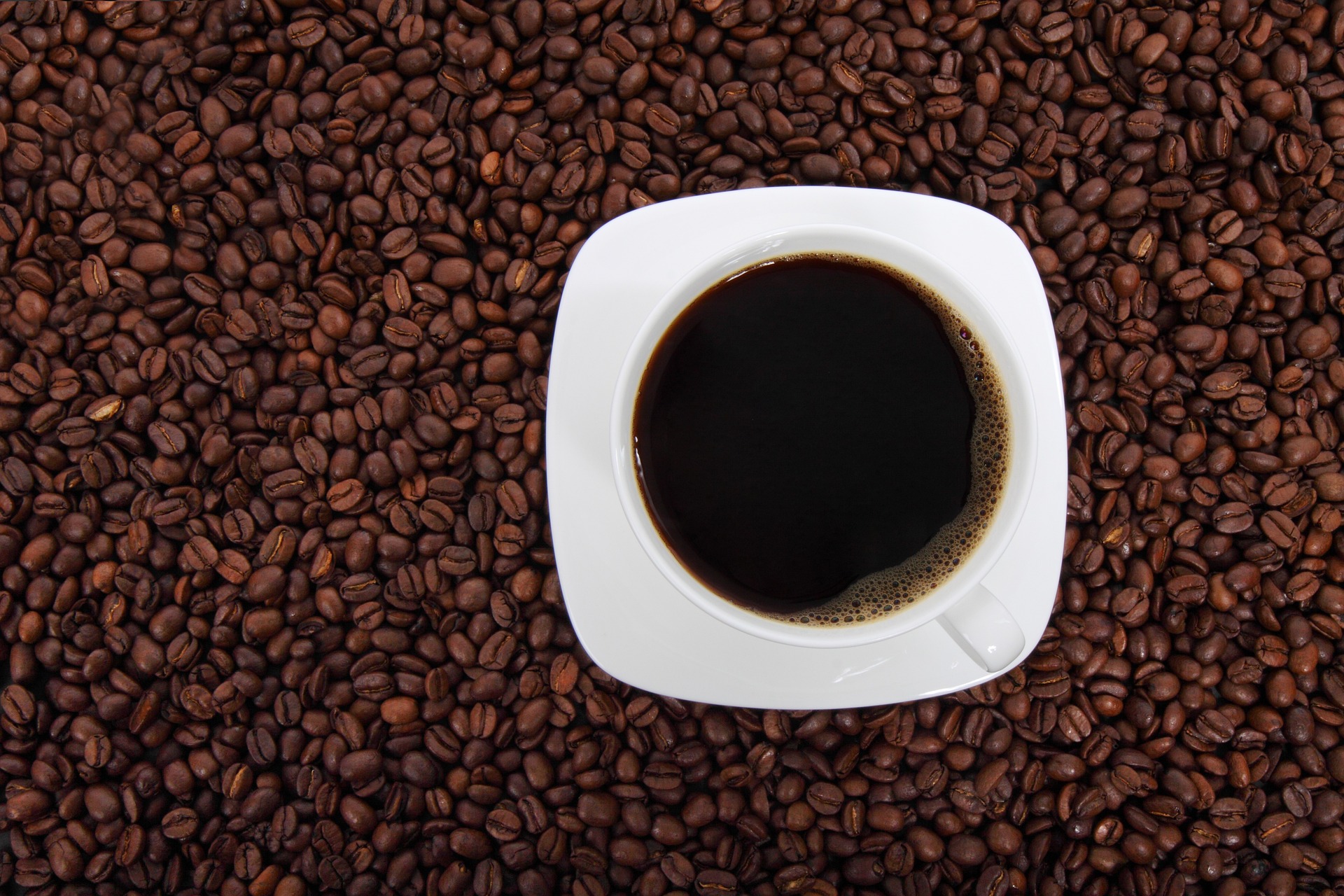Black coffee is often seen as too bitter or strong.
But, with the right techniques and good ingredients, it can be a delightful experience.
In this post, we’ll show you how to enhance the flavor of your black coffee.
We’ll cover everything from choosing the best beans to using the right brewing methods.
Let’s dive in and make your black coffee taste great!

9 Ways To Make Black Coffee Taste Good: At A Glance
- Choose High-Quality Coffee Beans
- Proper Grinding Techniques
- Optimal Coffee-to-Water Ratio
- Water Quality and Temperature
- Choose The Right Brewing Method
- Enhancing Flavors Naturally
- Experiment with Different Roasts and Origins
- Clean Your Equipment Regularly
- Develop a Taste for Black Coffee
1. Choose High-Quality Coffee Beans
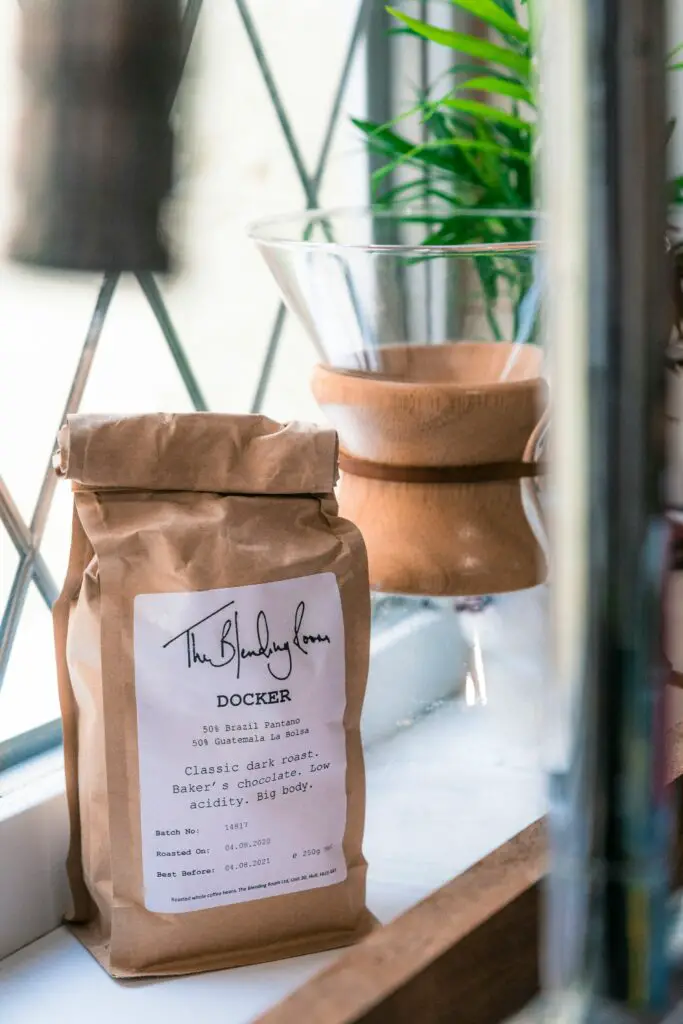
Importance of Fresh Beans
Fresh beans are key to great-tasting coffee.
Buying freshly roasted beans ensures you get the best flavor.
Coffee loses its flavor over time, so it’s best to buy only what you need.
Aim to use your beans within a few weeks of roasting for the best taste.
This ensures that the unique flavors and aromas are still intact.
Types of Beans
Choosing the right type of coffee bean is crucial.
There are two main types: Arabica and Robusta.
Arabica beans have a smooth, delicate taste with less caffeine.
They are often considered higher quality and are known for their wide range of flavors.
Robusta beans are stronger and more bitter.
They have more caffeine and can have a harsher taste.
2. Proper Grinding Techniques
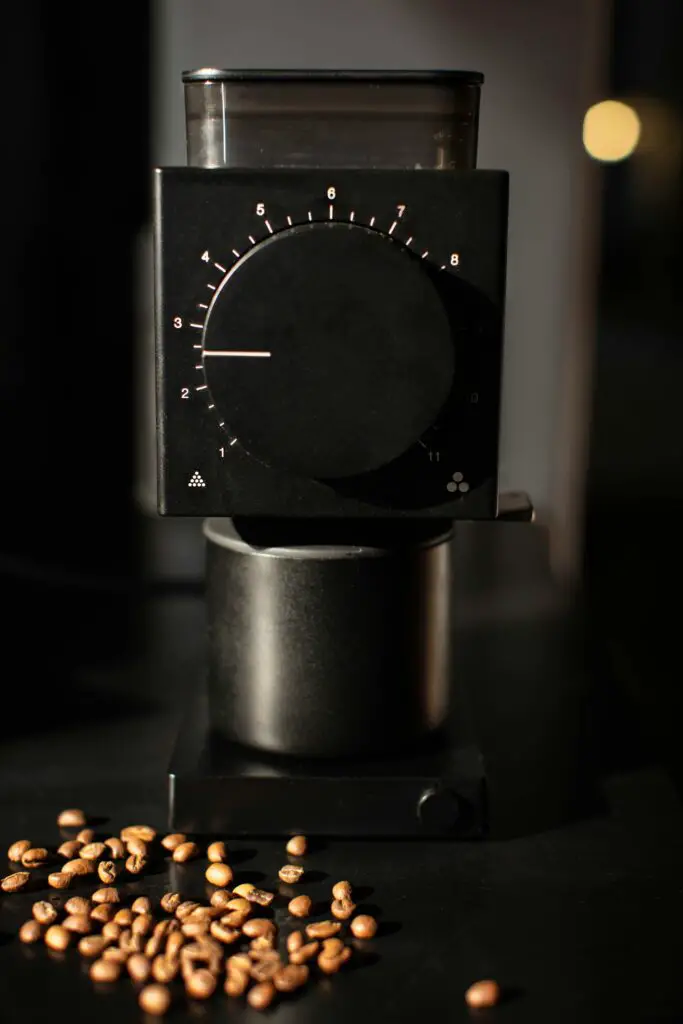
Grind Size
The size of your coffee grounds makes a big difference in taste.
Each brewing method requires a specific grind size for optimal flavor.
For a French press, use a coarse grind.
This allows the grounds to steep properly and avoids over-extraction.
Drip coffee makers work best with a medium grind.
This ensures a balanced extraction for a smooth cup of coffee.
For espresso, a fine grind is essential.
It provides the right resistance for the high-pressure brewing process, resulting in a rich and intense flavor.
Use a Burr Grinder
Investing in a burr grinder is a smart choice for any coffee lover.
Burr grinders offer several advantages over blade grinders.
They provide a consistent grind size, which is crucial for even extraction.
Blade grinders chop the beans unevenly, leading to an inconsistent flavor.
Burr grinders, on the other hand, crush the beans uniformly between two grinding surfaces.
This consistency ensures that each particle extracts at the same rate, giving you a balanced and flavorful cup of coffee every time.
3. Optimal Coffee-to-Water Ratio
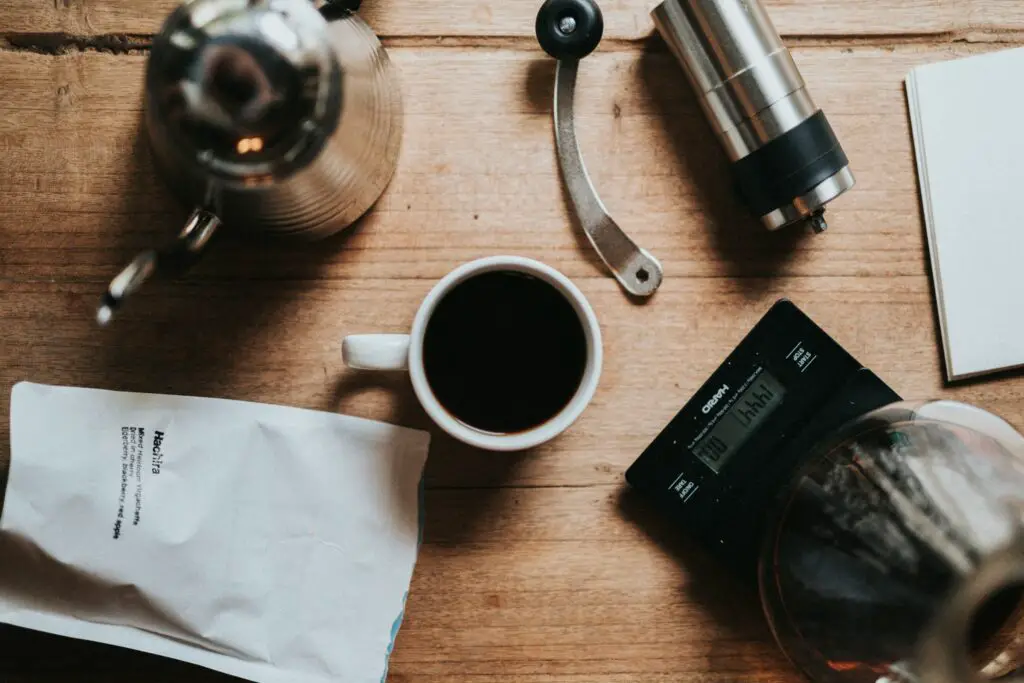
Standard Ratios
Getting the right coffee-to-water ratio is essential for a great cup of black coffee.
A good starting point is a ratio of 1:15 to 1:18.
This means using one part coffee to fifteen to eighteen parts water.
This ratio provides a balanced flavor, not too strong or too weak.
Adjustments for Strength
You can adjust the ratio based on your taste preferences.
If you like your coffee stronger, try a ratio of 1:12.
This will give you a bolder, more intense flavor.
For a milder cup, use a ratio of 1:20.
This creates a lighter, more subtle taste.
Experimenting with these ratios helps you find the perfect strength for your coffee.
Measuring and Consistency
Precision is key to consistency.
Use a scale to measure your coffee and water accurately.
Measuring by weight, rather than volume, ensures you get the right amount every time.
This helps you achieve a consistent flavor, making each cup of coffee as good as the last.
4. Water Quality and Temperature
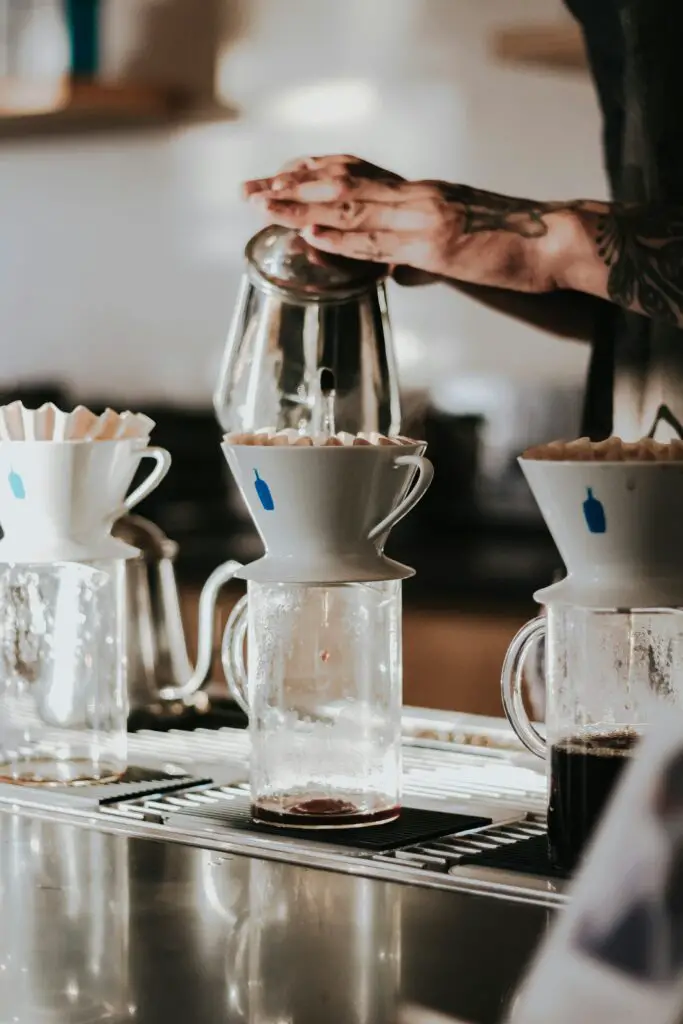
Water Quality
The quality of water you use plays a crucial role in the taste of your coffee.
Using filtered or bottled water is recommended to avoid off-flavors.
Tap water often contains minerals and chemicals that can alter the flavor of your coffee.
Filtered water removes these impurities, providing a cleaner and purer taste.
Bottled spring water is another good option, as it tends to have a balanced mineral content that complements coffee flavors well.
Temperature Control
Controlling the water temperature is essential for brewing the perfect cup of black coffee.
The ideal brewing temperature is between 195°F and 205°F (90°C and 96°C).
Water that is too hot can over-extract the coffee, leading to a bitter taste.
Conversely, water that is too cool can under-extract, resulting in a weak and sour flavor.
Using a thermometer or an electric kettle with temperature control ensures that your water is always at the perfect brewing temperature.
This consistency helps to extract the right balance of flavors from your coffee grounds.
5. Choose The Right Brewing Method
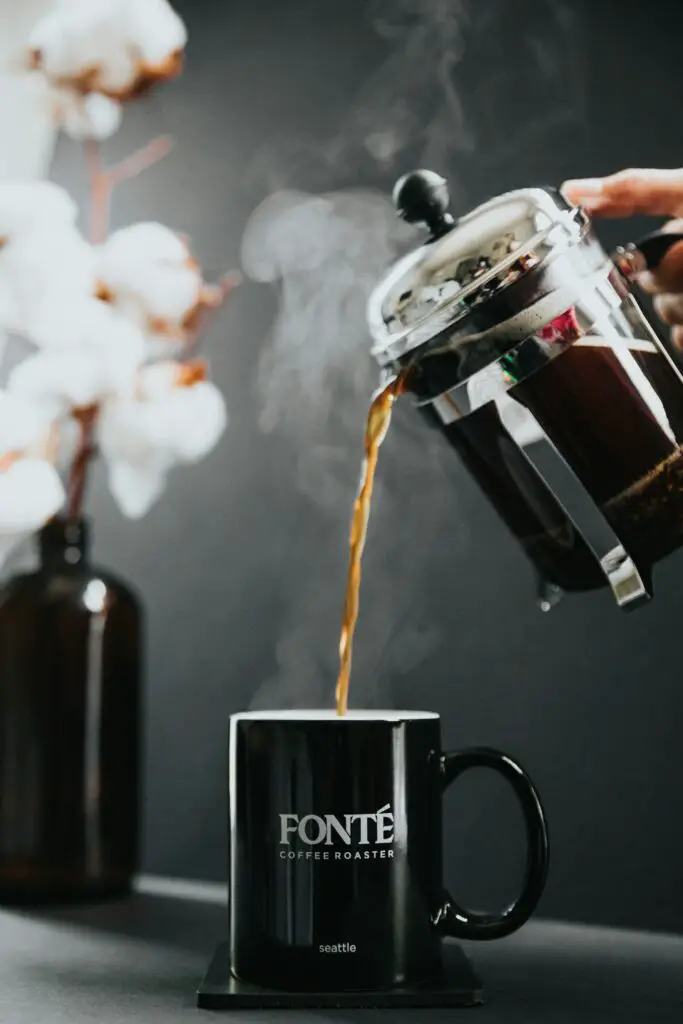
Pour-Over
The pour-over method allows for precise control over the brewing process.
To start, use a circular pouring motion to evenly saturate the coffee grounds.
Begin with a small amount of water to allow the coffee to bloom, which releases trapped gases and enhances flavor.
After the bloom, continue pouring slowly in a circular motion, maintaining a steady flow.
This method is best suited for light to medium roasts, as it highlights delicate and nuanced flavors.
French Press
The French press is ideal for making rich, full-bodied coffee.
Start by adding coarsely ground coffee to the press, then pour in hot water.
Stir the mixture and let it steep for about four minutes.
After steeping, press the plunger down slowly to separate the grounds from the liquid.
This method works best with medium to dark roasts, which complement the robust and bold flavors extracted by the longer steeping process.
Cold Brew
Cold brew coffee is perfect for those who prefer a smooth, less acidic flavor.
To make cold brew, combine coarsely ground coffee with cold water.
Let the mixture steep in the refrigerator for 12 to 16 hours.
Once steeped, strain the coffee to remove the grounds, leaving you with a concentrated brew.
This method results in a mellow, refreshing coffee that can be enjoyed over ice or diluted with water or milk.
Drip Coffee Maker
Using a drip coffee maker is the most convenient way to brew coffee and is the most common.
Follow the manufacturer’s instructions for the best results.
Generally, use a medium grind for the coffee grounds and ensure the water reservoir is filled with filtered water.
Regularly cleaning the equipment is crucial to maintaining the best flavor.
This method is versatile and can work well with various roast levels, depending on your preference.
6. Enhancing Flavors Naturally

Spices and Additives
Enhancing the flavor of your black coffee can be as simple as adding a few spices or natural extracts.
Cinnamon and nutmeg are popular choices, providing a warm, spicy note that complements the natural flavors of coffee.
A dash of vanilla extract can add a sweet, aromatic touch, making your coffee feel richer and more indulgent.
For a chocolatey twist, try adding a spoonful of cocoa powder.
These additions can elevate your coffee experience without overpowering the natural taste of the beans.
Pinch of Salt
Adding a pinch of salt to your coffee grounds before brewing can help reduce bitterness.
This technique works by neutralizing some of the coffee’s natural acids, resulting in a smoother, more balanced flavor.
The key is to use just a small amount—enough to enhance the taste without making the coffee salty.
This simple trick can make a big difference, especially if you’re working with a particularly bitter batch of beans.
7. Experiment with Different Roasts and Origins
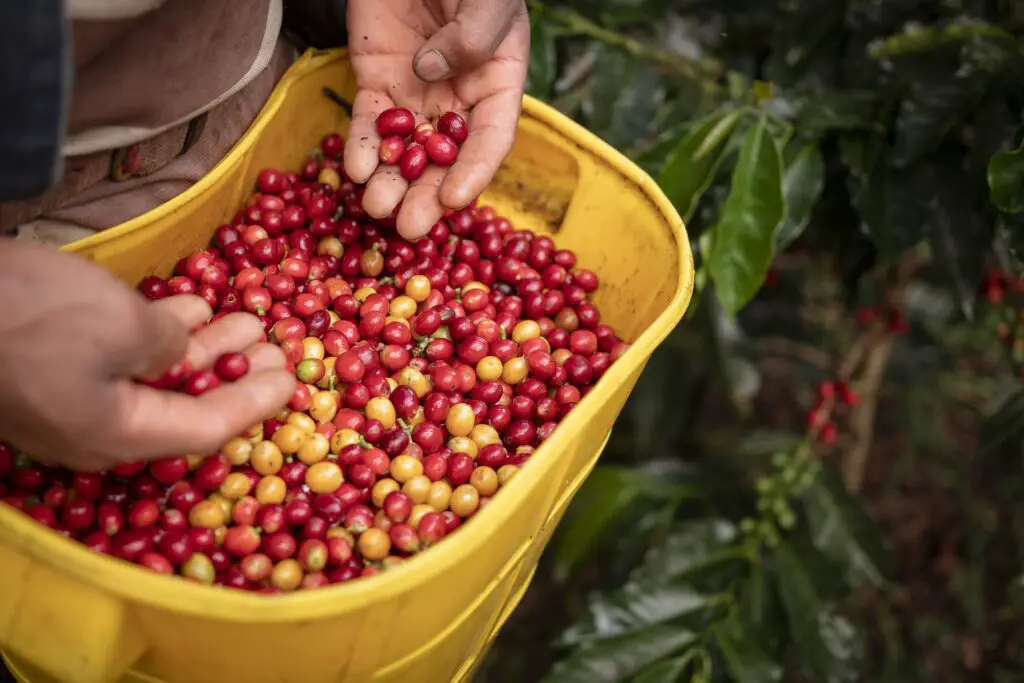
Roast Profiles
Understanding roast profiles is key to discovering the flavors you enjoy in black coffee.
- Light Roasts: Light roasts are known for their bright, fruity, and floral notes. They retain much of the original flavors of the coffee beans, making them an excellent choice if you appreciate nuanced, delicate flavors. These roasts are generally lighter in body and have higher acidity.
- Medium Roasts: Medium roasts offer a balanced flavor with a bit more body than light roasts. They strike a middle ground, maintaining some of the beans’ original character while introducing a richer, more developed taste. This roast level is popular for its versatility and balanced profile.
- Dark Roasts: Dark roasts are characterized by their robust and bold flavors. They often have a more pronounced bitterness and lower acidity. These roasts can have smoky, chocolatey, or even slightly burnt notes, making them ideal if you prefer a strong, intense coffee experience.
Regional Characteristics
Exploring different coffee origins can open up a world of diverse flavors.
- Ethiopian Coffee: Ethiopian coffee is renowned for its complex flavor profile, often featuring bright acidity, fruity notes, and floral undertones. Coffees from this region can be quite diverse, ranging from citrusy to berry-like flavors.
- Colombian Coffee: Colombian coffee is celebrated for its smooth, well-balanced flavor. It typically has a medium body with bright acidity and notes of caramel, nuts, and chocolate. This makes it a favorite for many coffee enthusiasts.
- Guatemalan Coffee: Guatemalan coffee is known for its rich, full-bodied flavor with a hint of spiciness. It often has notes of chocolate, toffee, and a slight fruity sweetness. The high altitudes and volcanic soil of Guatemala contribute to its unique taste.
8. Clean Your Equipment Regularly
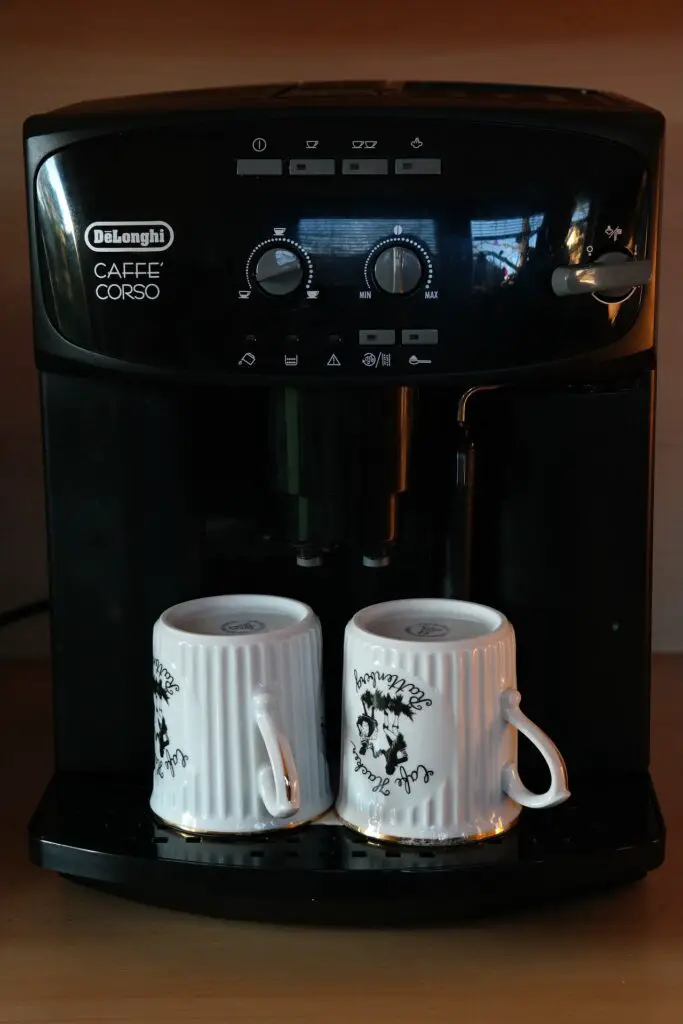
Importance of Clean Equipment
Keeping your coffee equipment clean is crucial for maintaining the best possible flavor in your cup.
Over time, oils and residues from coffee grounds can build up in your coffee maker, altering the taste and leading to a bitter or off-flavored brew.
Regular cleaning ensures that each cup of coffee you make is as fresh and flavorful as possible.
Cleaning Tips
Monthly Deep Clean
To prevent the buildup of oils and residues, it is recommended to clean your coffee maker monthly.
One effective method is to run a mixture of equal parts vinegar and water through your coffee maker.
This solution helps break down any deposits and ensures a thorough cleaning.
After running the vinegar solution, make sure to run several cycles of plain water through the machine to rinse out any remaining vinegar taste.
Specialized Cleaners
Alternatively, you can use specialized coffee maker cleaners that are designed to remove buildup and residues.
These products are available in most stores that sell coffee equipment.
Follow the manufacturer’s instructions for the best results.
Regular Maintenance
In addition to monthly deep cleans, it’s important to perform regular maintenance.
This includes washing removable parts like the carafe, filter basket, and any other components that come into contact with coffee or water.
Use warm, soapy water and rinse thoroughly to ensure no soap residue is left behind.
9. Tips for Developing a Taste for Black Coffee

Gradual Reduction of Additives
If you’re used to drinking coffee with cream and sugar, the transition to black coffee can be challenging.
Start by gradually reducing the amount of cream and sugar you add.
This allows your palate to slowly adjust to the more robust and pure flavors of black coffee.
Each week, use a little less cream and sugar until you’re able to enjoy the natural taste of the coffee itself.
Side-by-Side Tastings
One effective way to develop a taste for black coffee is to do side-by-side tastings of different coffees.
This practice helps you identify the unique flavors and characteristics of various coffee beans.
Brew two or more types of coffee and taste them one after another.
Pay attention to the differences in flavor, aroma, and body.
This can help you discover which types of black coffee you prefer and enhance your appreciation for its diverse profiles.
Mindful Drinking
Mindful drinking involves paying close attention to the sensory experience of drinking coffee.
Focus on the aroma, body, and flavor notes in each cup.
Take small sips and let the coffee sit on your palate for a moment before swallowing.
Try to identify specific flavors such as fruity, nutty, or chocolatey notes.
This practice can help you develop a deeper appreciation for the complexities of black coffee and enjoy it more fully.
Conclusion
Making black coffee taste good is all about using the right techniques and quality ingredients.
Choose high-quality beans, grind them properly, and use the correct coffee-to-water ratio.
Pay attention to water quality and temperature, and experiment with different brewing methods. Enhance flavors naturally with spices or a pinch of salt.
Clean your equipment regularly and gradually reduce additives to develop a taste for black coffee.
Experiment with these tips to find what works best for you.
Enjoy the rich, complex flavors that black coffee has to offer and make it a delightful part of your daily routine!


